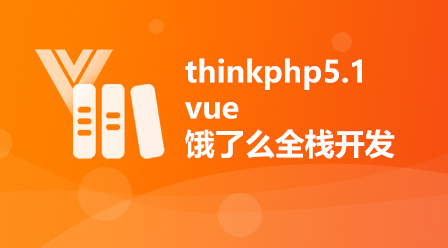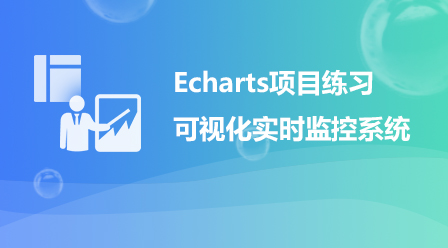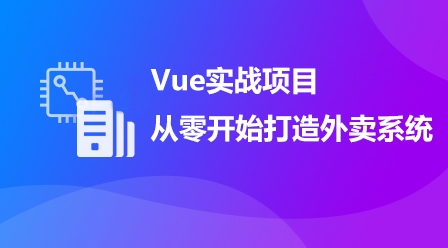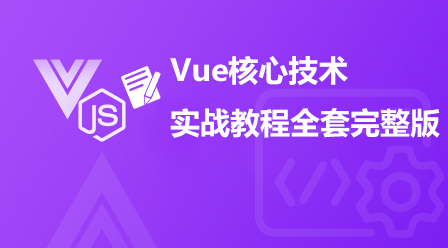這篇文章跟大家分享一下Vue純乾貨,介紹一下你不知道的Vue.nextTick,希望對大家有幫助!

用過Vue的朋友多多少少都知道
$nextTick~ 在正式講解nextTick之前,我想你應該清楚知道Vue在更新DOM 時是異步執行的,因為接下來講解過程會結合元件更新一起講~ 事不宜遲,我們直轉主題吧(本文以v2.6.14版本的Vue原始碼進行講解)【相關推薦:vuejs影片教學】
你真的了解nextTick嗎?來,直接上題~
<template>
<div id="app">
<p ref="name">{{ name }}</p>
<button @click="handleClick">修改name</button>
</div>
</template>
<script>
export default {
name: 'App',
data () {
return {
name: '井柏然'
}
},
mounted() {
console.log('mounted', this.$refs.name.innerText)
},
methods: {
handleClick () {
this.$nextTick(() => console.log('nextTick1', this.$refs.name.innerText))
this.name = 'jngboran'
console.log('sync log', this.$refs.name.innerText)
this.$nextTick(() => console.log('nextTick2', this.$refs.name.innerText))
}
}
}
</script>請問上述程式碼中,當點選按鈕「修改name」時,'nextTick1','sync log' ,'nextTick2'對應的this.$refs.name.innerText分別會輸出什麼? 注意,這裡印出來的是DOM的innerText~(文章結尾處會貼出答案)
如果此時的你有非常堅定的答案,那你可以不用繼續往下看了~但如果你對自己的答案有所顧慮,那不如跟著我,接著往下看。相信你看完,不需要看到答案都能有個肯定的答案了~!
#源碼位於core/util/next-tick。可以將其分為4個部分來看,直接上程式碼
callbacks佇列、pending狀態
const callbacks = [] // 存放cb的队列 let pending = false // 是否马上遍历队列,执行cb的标志
flushCallbacks#遍歷callbacks執行每個cb
function flushCallbacks () {
pending = false // 注意这里,一旦执行,pending马上被重置为false
const copies = callbacks.slice(0)
callbacks.length = 0
for (let i = 0; i < copies.length; i++) {
copies[i]() // 执行每个cb
}
}nextTick的非同步實作根據執行環境的支援程度採用不同的非同步實作策略
let timerFunc // nextTick异步实现fn
if (typeof Promise !== 'undefined' && isNative(Promise)) {
// Promise方案
const p = Promise.resolve()
timerFunc = () => {
p.then(flushCallbacks) // 将flushCallbacks包装进Promise.then中
}
isUsingMicroTask = true
} else if (!isIE && typeof MutationObserver !== 'undefined' && (
isNative(MutationObserver) ||
MutationObserver.toString() === '[object MutationObserverConstructor]'
)) {
// MutationObserver方案
let counter = 1
const observer = new MutationObserver(flushCallbacks) // 将flushCallbacks作为观测变化的cb
const textNode = document.createTextNode(String(counter)) // 创建文本节点
// 观测文本节点变化
observer.observe(textNode, {
characterData: true
})
// timerFunc改变文本节点的data,以触发观测的回调flushCallbacks
timerFunc = () => {
counter = (counter + 1) % 2
textNode.data = String(counter)
}
isUsingMicroTask = true
} else if (typeof setImmediate !== 'undefined' && isNative(setImmediate)) {
// setImmediate方案
timerFunc = () => {
setImmediate(flushCallbacks)
}
} else {
// 最终降级方案setTimeout
timerFunc = () => {
setTimeout(flushCallbacks, 0)
}
}MutationObserver的理解。畢竟比起其他三種非同步方案,這個應該是大家最陌生的const observer = new MutationObserver(() => console.log('观测到文本节点变化'))
const textNode = document.createTextNode(String(1))
observer.observe(textNode, {
characterData: true
})
console.log('script start')
setTimeout(() => console.log('timeout1'))
textNode.data = String(2) // 这里对文本节点进行值的修改
console.log('script end')script start、script end會在第一輪巨集任務中執行,這點沒問題
setTimeout會被放入下一輪巨集任務執行
#MutationObserver是微任務,所以會在本輪巨集任務後執行,所以先於setTimeout

nextTick方法實作cb、Promise方式
export function nextTick (cb?: Function, ctx?: Object) {
let _resolve
// 往全局的callbacks队列中添加cb
callbacks.push(() => {
if (cb) {
try {
cb.call(ctx)
} catch (e) {
handleError(e, ctx, 'nextTick')
}
} else if (_resolve) {
// 这里是支持Promise的写法
_resolve(ctx)
}
})
if (!pending) {
pending = true
// 执行timerFunc,在下一个Tick中执行callbacks中的所有cb
timerFunc()
}
// 对Promise的实现,这也是我们使用时可以写成nextTick.then的原因
if (!cb && typeof Promise !== 'undefined') {
return new Promise(resolve => {
_resolve = resolve
})
}
}pending有什麼用,如何運作? 案例1,同一輪Tick中執行2次$nextTick,timerFunc只會執行一次
this.$nextTick(() => console.log('nextTick1')) this.$nextTick(() => console.log('nextTick2'))
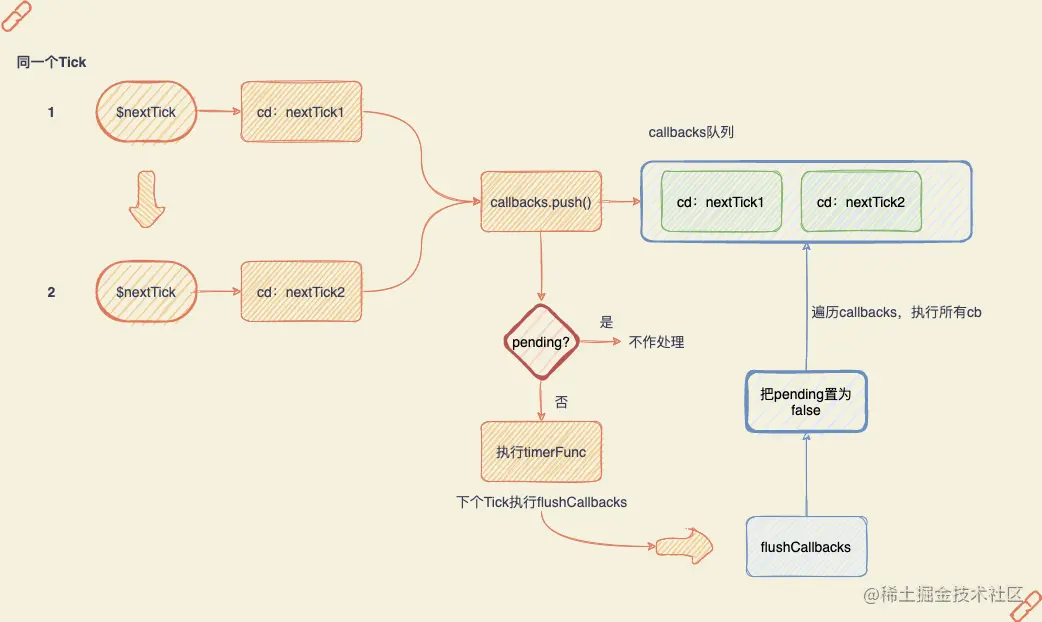
這裡如果有對Vue元件化、派發更新不是十分了解的朋友,可以先戳這裡,看圖解Vue響應式原理了解下Vue組件化和派發更新的相關內容再回來看噢~
Vue的非同步更新DOM其實也是使用nextTick來實現的,跟我們平時使用的$nextTick其實是同一個~
這裡我們回顧一下,當我們改變一個屬性值的時候會發生什麼事?
根據上圖派發更新過程,我們從watcher.update開時講起,以渲染Watcher為例,進入到queueWatcher 裡
queueWatcher做了什麼? // 用来存放Wathcer的队列。注意,不要跟nextTick的callbacks搞混了,都是队列,但用处不同~
const queue: Array<Watcher> = []
function queueWatcher (watcher: Watcher) {
const id = watcher.id // 拿到Wathcer的id,这个id每个watcher都有且全局唯一
if (has[id] == null) {
// 避免添加重复wathcer,这也是异步渲染的优化做法
has[id] = true
if (!flushing) {
queue.push(watcher)
}
if (!waiting) {
waiting = true
// 这里把flushSchedulerQueue推进nextTick的callbacks队列中
nextTick(flushSchedulerQueue)
}
}
}flushSchedulerQueue做了什麼? function flushSchedulerQueue () {
currentFlushTimestamp = getNow()
flushing = true
let watcher, id
// 排序保证先父后子执行更新,保证userWatcher在渲染Watcher前
queue.sort((a, b) => a.id - b.id)
// 遍历所有的需要派发更新的Watcher执行更新
for (index = 0; index < queue.length; index++) {
watcher = queue[index]
id = watcher.id
has[id] = null
// 真正执行派发更新,render -> update -> patch
watcher.run()
}
}相信經過上文對nextTick源碼的剖析,我們已經揭開它神秘的面紗了。這時的你一定可以堅定地把答案說出來了~話不多說,我們一起核實下,看看是不是如你所想!
1、如图所示,mounted时候的innerText是“井柏然”的中文
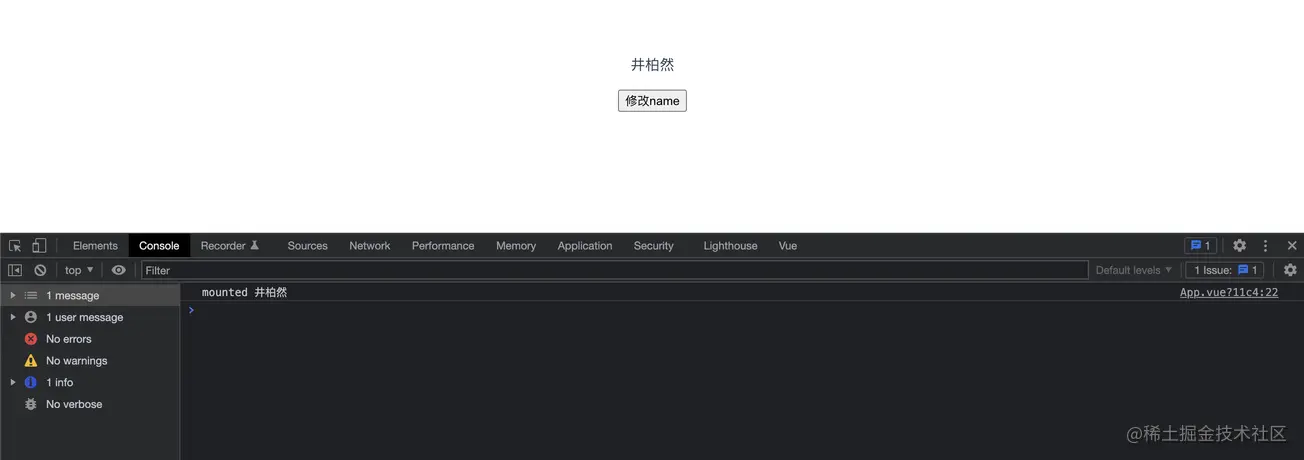
2、接下来是点击按钮后,打印结果如图所示
没错,输出结果如下(意不意外?惊不惊喜?)
sync log 井柏然
nextTick1 井柏然
nextTick2 jngboran
下面简单分析一下每个输出:
this.$nextTick(() => console.log('nextTick1', this.$refs.name.innerText)) this.name = 'jngboran' console.log('sync log', this.$refs.name.innerText) this.$nextTick(() => console.log('nextTick2', this.$refs.name.innerText))
sync log:这个同步打印没什么好说了,相信大部分童鞋的疑问点都不在这里。如果不清楚的童鞋可以先回顾一下EventLoop,这里不多赘述了~
nextTick1:注意其虽然是放在$nextTick的回调中,在下一个tick执行,但是他的位置是在this.name = 'jngboran'的前。也就是说,他的cb会比App组件的派发更新(flushSchedulerQueue)更先进入队列,当nextTick1打印时,App组件还未派发更新,所以拿到的还是旧的DOM值。
nextTick2就不展开了,大家可以自行分析一下。相信大家对它应该是最肯定的,我们平时不就是这样拿到更新后的DOM吗?
最后来一张图加深理解
写在最后,nextTick其实在Vue中也算是比较核心的一个东西了。因为贯穿整个Vue应用的组件化、响应式的派发更新与其息息相关~深入理解nextTick的背后实现原理,不仅能让你在面试的时候一展风采,更能让你在日常开发工作中,少走弯路少踩坑!好了,本文到这里就暂告一段落了,如果读完能让你有所收获,就帮忙点个赞吧~画图不易、创作艰辛鸭~
以上是乾貨分享,帶你了解Vue中的Vue.nextTick的詳細內容。更多資訊請關注PHP中文網其他相關文章!
